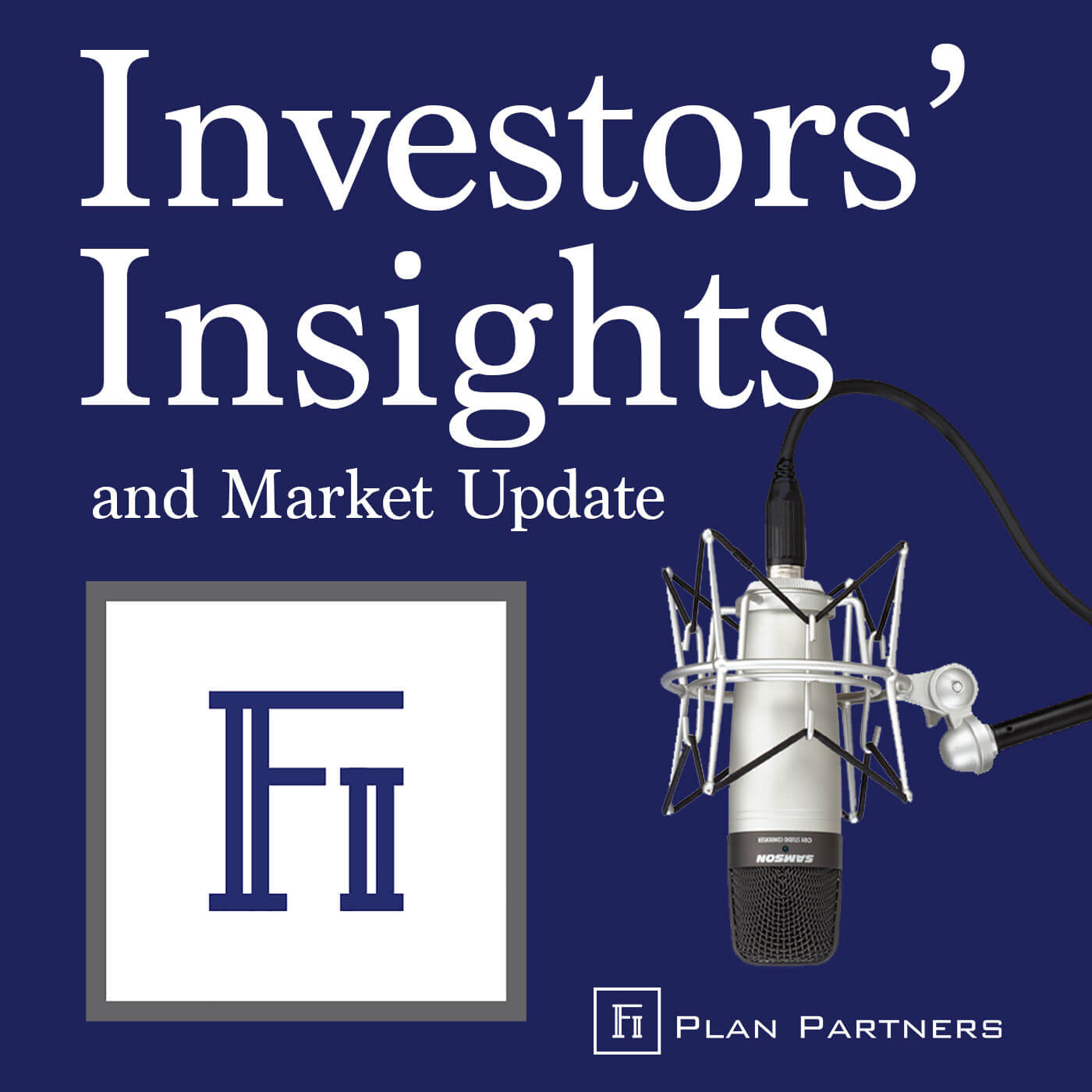- After-Shows
- Alternative
- Animals
- Animation
- Arts
- Astronomy
- Automotive
- Aviation
- Baseball
- Basketball
- Beauty
- Books
- Buddhism
- Business
- Careers
- Chemistry
- Christianity
- Climate
- Comedy
- Commentary
- Courses
- Crafts
- Cricket
- Cryptocurrency
- Culture
- Daily
- Design
- Documentary
- Drama
- Earth
- Education
- Entertainment
- Entrepreneurship
- Family
- Fantasy
- Fashion
- Fiction
- Film
- Fitness
- Food
- Football
- Games
- Garden
- Golf
- Government
- Health
- Hinduism
- History
- Hobbies
- Hockey
- Home
- How-To
- Improv
- Interviews
- Investing
- Islam
- Journals
- Judaism
- Kids
- Language
- Learning
- Leisure
- Life
- Management
- Manga
- Marketing
- Mathematics
- Medicine
- Mental
- Music
- Natural
- Nature
- News
- Non-Profit
- Nutrition
- Parenting
- Performing
- Personal
- Pets
- Philosophy
- Physics
- Places
- Politics
- Relationships
- Religion
- Reviews
- Role-Playing
- Rugby
- Running
- Science
- Self-Improvement
- Sexuality
- Soccer
- Social
- Society
- Spirituality
- Sports
- Stand-Up
- Stories
- Swimming
- TV
- Tabletop
- Technology
- Tennis
- Travel
- True Crime
- Episode-Games
- Visual
- Volleyball
- Weather
- Wilderness
- Wrestling
- Other
Don't Hold Your Breadth
Market Strength We continue to get questions and comments from clients who are surprised at how well the market has performed this year and are asking if it can continue considering that at the beginning of the year, some economists expected the economy to be in a recession by this point. One of the measures we utilize to quantify and compare market breadth and the market’s underlying strength is the percentage of stocks trading above their longer-term 200-day moving average. As a general rule, if a stock is trading above its 200-day moving average, it is considered to be in an uptrend, and vice versa, when prices are below the 200-day moving average. Furthermore, the higher percentage of stocks above their 200-day moving averages implies buying pressure, and market strength is more widespread, suggesting the market’s advance is likely sustainable. Currently, 73% of stocks in the S&P 500 are trading above their 200-day moving average. This is compared to 48% at the end of 2022. The composition of breadth, underlying strength, and leadership has turned increasingly bullish as the highest sector readings include technology, industrials, energy, and consumer discretionary. We use this data in our day-to-day management of client portfolios. This strength across the market is due to resilient economic data in the U.S., receding inflation pressures, and expectations for the end of the Fed’s rate-hiking campaign have all contributed to this notable expansion in market breadth, which is positive. Savers and Spenders As anticipated, the Federal Reserve raised interest rates last week, making the top end of the Fed’s fund rate 5.5%. That’s a double-edged sword situation of higher interest rates. The good news is that this environment is rewarding savers right now. They are finally getting money on their excess savings to an estimated $25 billion monthly from money market investments. You can get north of 5% by just sitting in the money market, which we’re enjoying providing to clients right now. You can get excess of that if you’re willing to take on more risk in corporate bonds. The other side of that coin, however, is the cost to spenders. The 30-year mortgage rate, credit card interest rates, and car loan interest rates from 1995 up to the last year have consistently come down. We’ve seen a sharp spike where borrowing costs have harmed spenders. In other words, there’s no free lunch. Savers are getting more on their money, but that money has to come from somewhere. This is an altruistic scenario where money is coming from spenders who now are paying higher interest rates. It’s a delicate balance that the Feds are navigating. At what point do we benefit the savers too much at the expense of the spenders to where we see the economy dip into a recession where spenders can no longer sustain these rates? Market participants anticipate at least one more Fed rate hike going forward, but that should be about it. We expect rates to rise slightly from here on out, but we’ll see where this delicate balancing act plays out. Dow Jones Industrial Average The Dow Jones industrial average, the oldest stock market we follow in the US, was up for 13 consecutive days. This streak tied the longest streak from January 2nd to January 20th of 1987. At that point, the Dow started at 39 and ended at 43. This time, we started at a little over 33,000 and ended up over 35,000. That streak has since ended, but the interesting point is that October of 1987 while having a great run, was an ugly month. The Dow was only up 5.3% when the streak was going, which is muted compared to what it usually is. An important point to make is that the Dow Industrial Average is only 30 select stocks that are publicly traded and not a reflection of the total economy. Between the New York Stock Exchange and the Nasdaq, there are over 5,000 stocks. So, when you think about 30 select ones, you realize that it is a m

